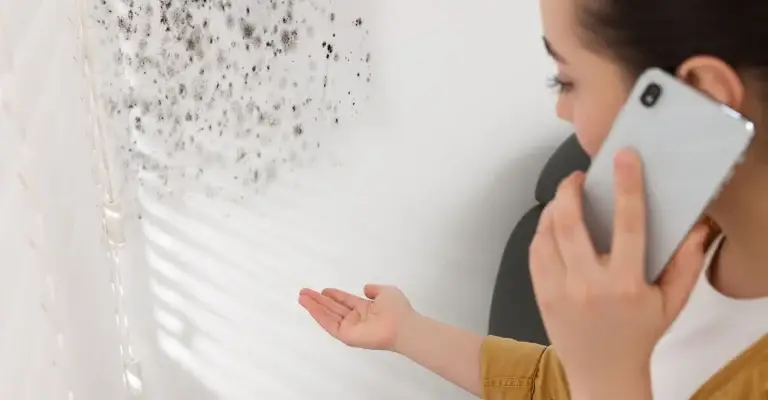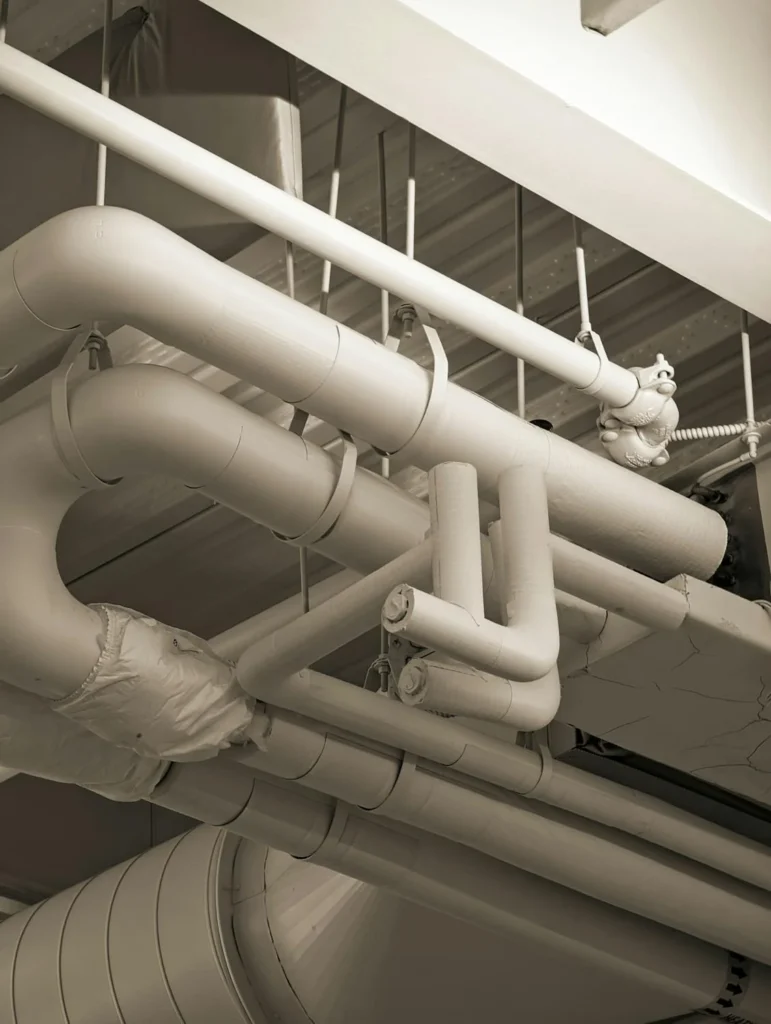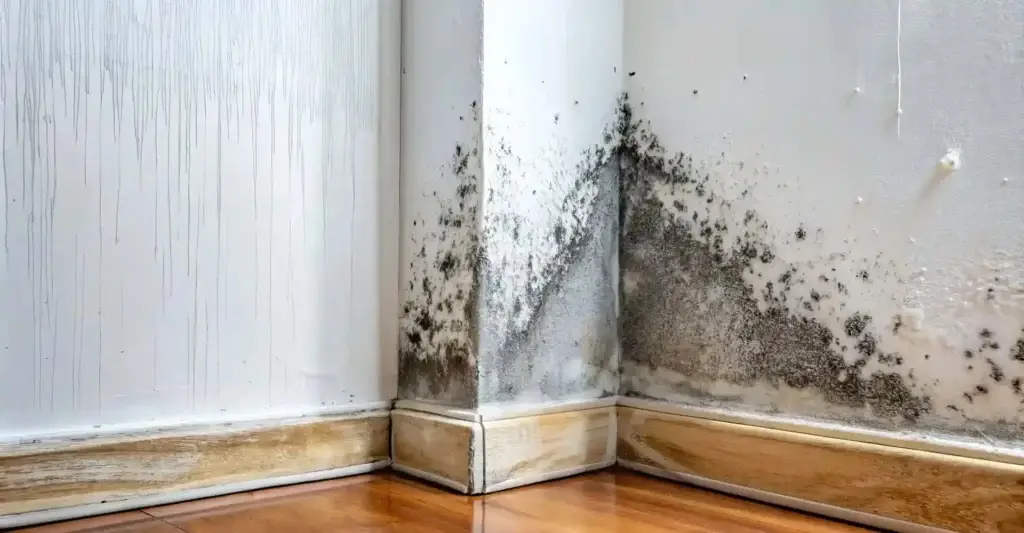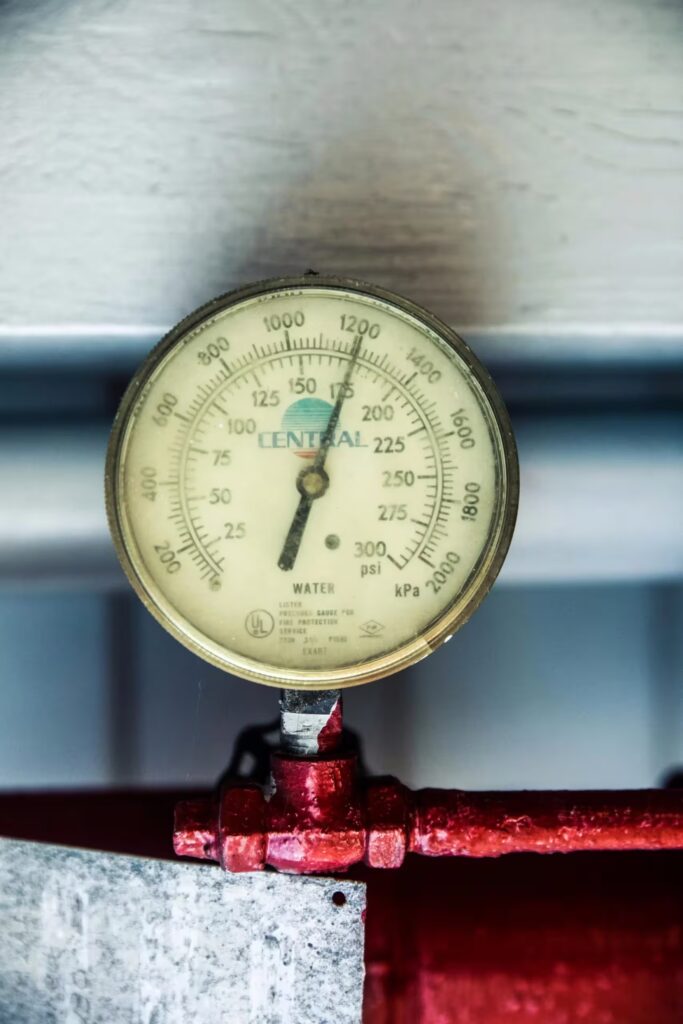Finding mould in your home can be alarming, but you’re not alone. This guide from Ideal Response will walk you through identifying common mould types, understanding their potential health risks, and knowing when it’s time to call in the professionals for safe, effective removal. Don’t let mould compromise your home or your health – discover the steps you need to take.
What exactly is mould and why does it grow in UK homes?
Mould is a type of fungi that thrives in damp, humid conditions. It reproduces by releasing tiny spores into the air, which are always present around us. When these spores land on a damp surface with an organic food source (like wood, plasterboard, fabric, or dust), they can begin to grow and colonise.
UK homes, with their often older construction, varying insulation, and sometimes limited ventilation, provide ideal breeding grounds for mould, especially in areas like bathrooms, kitchens, basements, and poorly aired rooms. Condensation is a major culprit, often forming on cold surfaces when warm, moist air comes into contact with them.
How to spot mould: Common types and where to look
Mould comes in various colours and textures, but they all signal an underlying moisture problem. Here are some common types and where you’re likely to find them:
- Black Mould: Often appears as dark green or black slimy spots. Commonly found in bathrooms (around tiles, grout, ceilings), kitchens, and basements.
- White Mould: Can look fuzzy and powdery, sometimes mistaken for efflorescence (salt deposits on masonry). Often found on concrete, brick, or in cool, damp basements.
- Green Mould: Typically fuzzy and found on food, but can also appear on walls or fabrics in damp conditions.
- Pink Mould: Often found in bathrooms, but it’s typically a bacteria (Serratia marcescens) rather than a true mould, thriving in soap scum and moist environments.
Where to check:
- Bathrooms: Shower tiles, grout, ceilings, behind toilets, under sinks.
- Kitchens: Around sinks, behind appliances, in cupboards.
- Basements/Cellars: Walls, floors, stored items.
- Bedrooms: Behind wardrobes, along external walls, around window frames.
- Lofts: Especially if there’s a leak or poor ventilation.
- Around leaking pipes or roofs.
- On fabrics, carpets, and upholstery.
Beyond visible signs, a musty, earthy smell is a strong indicator of hidden mould growth.
The hidden dangers: Health risks associated with mould exposure
Mould isn’t just unsightly; it can pose significant health risks, especially for vulnerable individuals. When mould grows, it releases spores, and sometimes mycotoxins (toxic compounds), into the air you breathe.
Common health effects of mould exposure include:
- Respiratory Problems: Coughing, wheezing, shortness of breath, asthma attacks (especially in those with pre-existing conditions).
- Allergic Reactions: Sneezing, runny nose, red eyes, skin rash, and other allergy symptoms.
- Irritation: Eye, nose, throat, and skin irritation.
- Headaches and Fatigue: Some individuals report these symptoms after prolonged exposure.
- Weakened Immune System: In severe cases or for those with compromised immune systems, mould can lead to more serious infections.
Children, the elderly, individuals with asthma or allergies, and those with weakened immune systems are particularly susceptible to mould-related health issues.
DIY mould removal vs. professional mould remediation: Knowing the difference
When you discover mould, your first thought might be to grab a bleach spray. However, not all mould problems can (or should) be tackled yourself.
When DIY might be okay (Small, surface mould):
- Size: The mould patch is small (e.g., less than 1 square metre, or roughly a door tile size).
- Location: It’s on a hard, non-porous surface like tiles or glass.
- Cause: The cause of moisture is minor and easily fixable (e.g., condensation around a window that can be wiped daily).
How to DIY safely (if applicable):
- Protect Yourself: Wear gloves, eye protection, and a mask (preferably an N95 respirator).
- Ventilate: Open windows and doors.
- Clean: Use a dedicated mould remover or a mixture of detergent and water. Avoid bleach on porous surfaces, as it doesn’t kill the mould roots and can cause further damage.
- Dry Thoroughly: This is crucial! Ensure the area is completely dry after cleaning to prevent re-growth.

When you ABSOLUTELY need professional mould removal:
- Size: The mould covers a large area (more than 1 square metre).
- Location: The mould is on porous surfaces like drywall, insulation, wood, or carpets.
- Smell: You have a strong, persistent musty smell, even if you can’t see the mould. This indicates hidden growth.
- Health Concerns: You or your family are experiencing mould-related health symptoms.
- Cause: The mould is due to a persistent leak, flooding, or structural dampness that you cannot identify or fix yourself.
- Recurrence: You’ve tried DIY methods, and the mould keeps coming back.
Why professional removal is essential:
Professionals like Ideal Response don’t just clean the surface; they identify and address the source of the moisture, safely contain the mould to prevent cross-contamination, use specialised equipment for air purification (HEPA filters), thoroughly remove mould spores from affected materials, and ensure proper disposal. This comprehensive mould removal approach prevents future growth and protects your health.
Preventing mould growth: Actionable steps for UK homeowners
Prevention is always better than cure. Here are key strategies to minimise mould in your home:
1. Improve ventilation:
- Open windows regularly, especially after showering or cooking.
- Use extractor fans in bathrooms and kitchens.
- Consider trickle vents in windows.
2. Control humidity:
- Use a dehumidifier in damp areas like basements or during humid weather.
- Aim for indoor humidity levels between 30% and 50%.
3. Fix leaks promptly:
- Regularly check for leaks in pipes, roofs, and around windows.
- Address any leaks immediately, no matter how small.
4. Dry wet areas:
- Wipe down shower walls and condensation on windows immediately.
- Don’t leave wet towels or clothes lying around.
5. Increase air circulation:
- Leave a gap between furniture and external walls to allow air to circulate.
- Avoid overfilling wardrobes and cupboards.
6. Insulate:
- Improve insulation in walls and lofts to reduce cold spots where condensation can form.
"Frankie was very helpful in organising the visit and Andrea and Irina did a very good job dealing with mould in the kitchen."
Glyn Allen
Homeowner
Got mould? Ideal Response is your local expert
If you suspect a mould problem in your home, don’t ignore it. Ideal Response offers comprehensive mould surveys and professional mould remediation services across the UK, including:
- London
- Maidstone
- Sevenoaks
- Canterbury
- Medway
- etc.
Our certified technicians use the latest techniques and equipment to:
- Identify the Source: Locate the root cause of your moisture problem.
- Contain the Contamination: Prevent mould from spreading to unaffected areas.
- Safe & Effective Removal: Using industry-approved methods and eco-friendly solutions.
- Dehumidification & Drying: Ensure the affected area is thoroughly dried.
- Air Purification: Remove airborne mould spores and odours.
- Prevent Recurrence: Advise on long-term prevention strategies.
Don’t let mould compromise your health or your property. For peace of mind and a healthier home, contact Ideal Response today for a free, no-obligation assessment.
FAQs about mould in UK homes:
Q: Can mould make you sick?
A: Yes, mould exposure can cause respiratory problems, allergic reactions, skin irritation, and other symptoms, especially in sensitive individuals.
Q: Does bleach kill mould?
A: While bleach can kill mould on non-porous surfaces, it often doesn’t penetrate porous materials like drywall or wood, leaving the roots intact. It’s often not the best solution for comprehensive mould removal and can damage surfaces.
Q: How long does mould removal take?
A: The duration depends on the extent of the mould growth and the underlying moisture issue. Small areas might take a few hours, while extensive problems could take several days or longer. A professional assessment will provide a more accurate timeline.
Q: Is mould covered by home insurance in the UK?
A: Mould damage is often covered if it’s a direct result of a sudden, unforeseen event (like a burst pipe or flood). However, gradual mould growth due to poor maintenance or condensation is typically not covered. Always check your specific policy.
Q: What is black mould, and is it dangerous?
A: “Black mould” (Stachybotrys chartarum) is often cited as particularly dangerous, but many types of mould are black. While it can produce mycotoxins, all mould should be treated with caution, as any type can cause health issues, especially in large quantities. Professional removal is recommended for any significant black mould growth.





















